Reviews and recommendations are unbiased and products are independently selected. Postmedia may earn an affiliate commission from purchases made through links on this page.
Anthony Gismondi: Only time will tell if 2022 was a good year for B.C. wines

Opinion: We can’t wait to hear about the final chapter of vintage 2022.
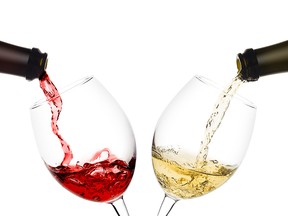
Article content
Earlier this year, we talked about the importance of knowing your vintages. Recently, the majority of B.C. wineries reported that the 2022 harvest was off the vine and in the winery. Believe it or not, after a cold, wet spring that started two to three weeks late, a dry, hot summer and a sunny, dry fall turned the tide in B.C. vineyards.
Advertisement 2
Article content
In the latter days of the harvest, some southern producers were trying to cope with fully ripe oversized crops and were desperately seeking tank space to fit everything into the winery. Given the last three years of short crops, it is a good problem.
Article content
The effects of global warming work in mysterious ways, ask anyone growing grapes in the northern Okanagan Valley. Widespread winter damage was an issue when temperatures plunged to as low as -27 in Lake Country, although for decades, the deep dark Okanagan Lake was supposed to be a sure bet heat sink that protects the land around it from the bitter cold.
A cold, wet spring start only added to the problems all year for the late-ripening varieties. Even with reduced yields resulting from winter damage, there was no appreciable speeding up of the ripening process of the lighter crop, leaving the late-ripening grapes a challenge to get off the vine in time, with the cold, wet, fall weather closing in fast.
Advertisement 3
Article content
Contrary to the many Instagram reels and YouTube videos documenting the end of the harvest, the assessment of vintage 2022 is still a ways off. As important as it is to get the grapes into the winery, there is much work to be done to transform the wealth of raw grapes into something much more exciting and frankly magical — the wine you can drink.
These are the weeks of temperature-controlled fermentations for white wines and a much warmer version for most red wines. The path begins in earnest at the crush pad, usually later in the day and well into the night.
Crush pad choices involve a plethora of decision trees. It begins sorting bunches, and likely berries and decisions are required as to whether you will whole-cluster-press your fruit, gently break the skin, or entirely crush the grapes.
Advertisement 4
Article content
Next, do you intervene to add highly efficient cultured yeasts to ferment your wine, or do nothing and let the fermentation start on its own, naturally, feeding off the indigenous yeast in the air and the winery?
Skin contact or punch-downs with the grapes is another part of decisions for winemakers. No contact in the case of most whites, a few hours of contact for roses or any number of days or weeks for the reds. Again all these decisions are based on the terroir, the conditions of the grapes, the clones, and the style of wine that is to be made.
Then there is the selection of fermentation and aging vessels. Will it be stainless steel or concrete, large wooden vats, small barrels or barriques, or simply some plastic bins? French or American oak, or maybe some Hungarian or Slovenian wood?
Advertisement 5
Article content
New wood is a big decision because it is costly in price and expensive if you use too much and overwhelm the flavours of the wine.
Post ferment, there are lees to consider; do you stir the barrels, how long and how many times per day, week, or month? Will you rack the wine and give it some oxygen or let it rest, undisturbed, bung down in a reductive state?
Finally, when to bottle, and will it be fined and filtered? Of course, you never have to worry about this if you are a casual sipper, but if you are an aficionado and know what you like, it is essential to know a few things about how your favourite wines are made.
In an era where just about everything is dumbed down to the lowest common denominator, you will need to research what you are drinking to learn more about any wine. The back label is a good place to start, but sadly this vital piece of real estate is grossly underutilized in the wine world.
Advertisement 6
Article content
Winery websites are improving, and if there is a “Trade” link, usually buried in the menu or at the bottom of the page, you may get lucky and find a tech sheet that will fill in the details. Just check the vintage because it is often out of date. And for all those winery folks working long into the night this month, good luck.
We can’t wait to hear about the final chapter of vintage 2022.
Weekend wine picks
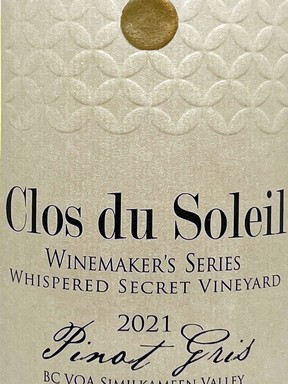
Clos du Soleil Winemaker’s Series Whispered Secret Vineyard Pinot Gris 2021, Keremeos, Similkameen Valley, British Columbia, Canada
$23.90 I 89/100
UPC: 626990344988
The Gris is grown at the Whispered Secret Vineyard in Keremeos and is certified organic. The fruit is fermented in stainless barrels, tanks, and French puncheons for about a month and left on its lees for 90 days. The result is a juicy creamy style with quite a ripe pear character. It will surely attract with its charms, less grass, and more complexity. It is very food friendly.
Advertisement 7
Article content
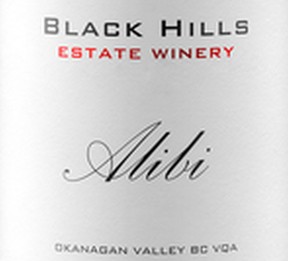
Black Hills Alibi 2021, Okanagan Valley, British Columbia, Canada
$24.90 | 89/100
UPC: 626990061564
The Bordeaux-inspired Alibi blend of Sauvignon Blanc and Sémillon was the first white wine produced at the Black Hills in 2003. In 2021, the mix was 85/15 Sauvignon dominant, which is good. It is all Black Sage Bench fruit, so as you can imagine, the flavours are rich and intense. Look for a mix of ripe pineapple tempered by fresher gooseberry and citrus, with melons and lemon on the palate, with a stony, mineral, leesy, creamy texture. This is a good match for Asian seafood.
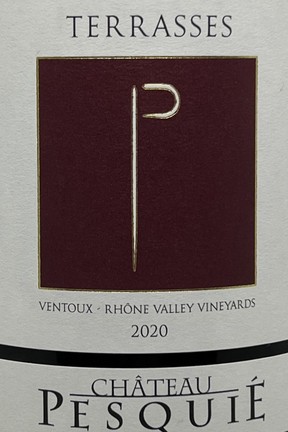
Château Pesquié Ventoux Terrasses Rouge 2020, Ventoux, Rhone Valley, France
$20.99 | 90/100
UPC: 3760149591032
As written last year, the Pesquié Ventoux red ticks many buy boxes. It grows at an altitude of roughly 300 metres on various estate terroirs along Mount Ventoux’s hillsides. The soils are stony limestone marine-like with iron oxide, sands and clays. The property is certified organic using biodynamic techniques, and production is a third-generation family affair under brothers Alexandre and Frederic Chaudiere. The blend is 60/40 Grenache/Syrah, macerated for 15 days and then aged for several months in stainless steel and cement. The nose is pure black raspberry with juicy hints of mulberry and black cherry that all spill onto the palate. There is also a stony mineral underside that stiffens a fresh finish. There is excellent value here, something fading among the best Rhone wines. Think of various foods, including pizzas, kebabs, charcuterie, vegetable pies, and terrines.
Advertisement 8
Article content
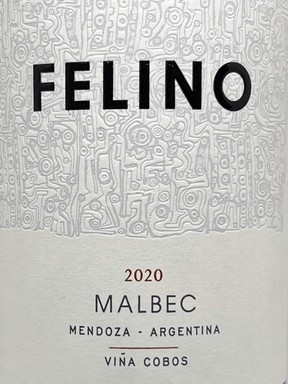
Felino Malbec 2020, Mendoza, Argentina
$24.99 I 88/100
UPC: 897941000974
Felino is made with a mix of fruit from the Valle de Uco and Lujan de Cuyo, aged in American oak for eight months. The nose and palate open with soft black, juicy plum notes streaked with licorice, cocoa, black pepper, and smoky, dense sweet tannins. A barbecue red, if ever there was one, you can serve it with burgers or steaks or the way they do in Argentina with beef or chicken empanadas. Again, hedonistic and unapologetic.
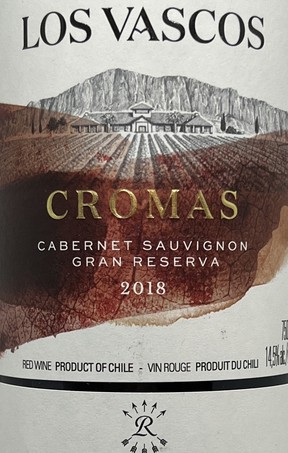
Los Vascos Cromas Cabernet Sauvignon Gtan Reserva 2018, Chile
$27.95 I 89/100
UPC: 7804360000471
Los Vascos wines try to bring a bit of the Lafite tradition to the terroir of Chile, which means hoping for elegance and finesse over powerful fruit and spice. The property is the vision of Domaines Barons de Rothschild Lafite, who arrived in Chile in 1988. The blend is 88 per cent Cabernet Sauvignon, 10 per cent Syrah, and two per cent Carménère. The nose is intense, mixing cherries and plums with blackcurrants and a savoury and spicy clove underside. The tannins are rich and dense but well-rounded. You can drink this now with a grilled steak, but another year or two in the bottle will only enhance your pleasure. The Cromas name is said to be inspired by the colours of nature, the soil, and the terroir.
Advertisement 9
Article content
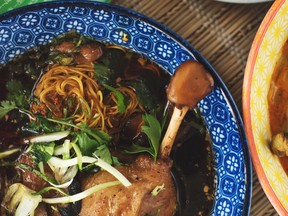
Recipe match: Fat Mao’s braised duck noodle soup
Created by Chef Angus An of Fat Mao Noodles and Maenam fame, this noodle soup recipe is inspired by a similar dish savoured during visits to Thailand.
“We visit Thailand almost every year to see family and to keep researching new recipes. The first thing we usually eat is this duck noodle soup from a small shop outside our house,” An says.
“The shopkeepers braise whole ducks and ask if you want breast or leg meat. They also ask which kind of noodles you prefer: wide rice (sen yai), thin rice (sen lek), vermicelli (sen mi), or won ton noodles (sen jin). My favourite combination, reflected in this recipe, is duck leg with wide rice sheets.”
Fat Mao’s braised duck noodle soup
Advertisement 10
Article content
Broth
4 duck legs
12 cups (3 L) water
1/4 cup (60 mL) sliced galangal
4-5 Chinese mushrooms, presoaked overnight
2 stalks lemon grass
2 pods Thai cardamom
2 star anise
2 cloves
1-2 pandan leaves
1 small piece cassia bark
1 strip dried orange peel
1 vanilla bean
2 tbsp (30 mL) rock sugar or palm sugar
1 tsp (5 mL) white peppercorns
4-5 tbsp (60-75 mL) light soy sauce
3 tbsp (45 mL) dark soy sauce
In a heavy 6-quart pot, place the duck legs, 12 cups of water and/or master stock and bring to a boil over medium-high heat, then turn the heat down to a low simmer. Periodically skim off any impurities as they appear at the surface. Once the stock is clear, add the rest of the ingredients and simmer over medium-low heat for 2 to 3 hours, until the duck legs are tender.
Advertisement 11
Article content
Remove the duck legs and mushrooms and set aside. Taste the stock — if the flavours need to be intensified, simmer for another 15 minutes or so. Otherwise, remove the stock from the heat and set aside.
4 cups (1 L) fresh rice sheets
3 tbsp (45 mL) garlic oil
Small handful of fresh coriander leaves, to garnish
1/2 cup (125 mL) sliced Asian celery, to garnish
1/4 cup (60 mL) sliced pak chi farang, to garnish
4 tbsp (60 mL) fried garlic, to garnish
4 tsp (20 mL) toasted chili powder, to garnish
4 tbsp (60 mL) chili vinegar, to garnish
Quickly blanch the rice sheets in a pot of boiling water for 30 seconds. Divide the rice sheets equally into four bowls and season with some garlic oil to separate the noodles and prevent them from clumping.
Advertisement 12
Article content
Place a duck leg and mushrooms atop the rice sheets in each bowl, pour the hot broth over them, and garnish each serving with all the herbs and seasonings. Serve immediately.
Tip: Soak dried mushrooms in cold water, preferably overnight, to reconstitute them. The soaking liquid is often used to enhance taste. Adding a cup of the mushroom liquid to your master stock for this recipe will bump up its depth of flavour.
Serves 4.
Recipe match
Soup is never easy to match, but the duck and the mushrooms take me to a fruity New World Syrah.
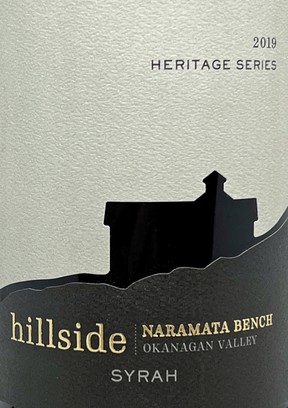
Hillside Heritage Series Syrah 2019, Naramata Bench, Okanagan Valley, British Columbia ($32)
The style is decidedly relaxed and dry with firm acidity, and a bony Euro bent with a raft of black raspberry and spicy clove to subdue the duck.
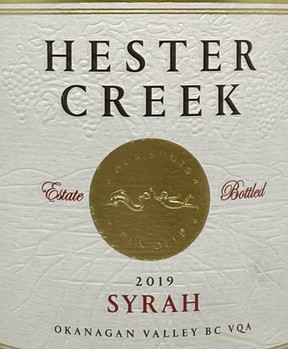
Hester Creek Syrah 2019, Okanagan Valley, British Columbia ($29.99)
Dark pepper, perfumed violets, and ripe blackberry fruit
Source: vancouversun.com


